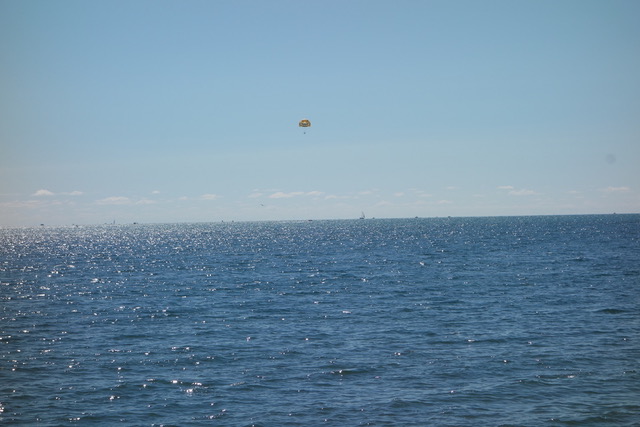




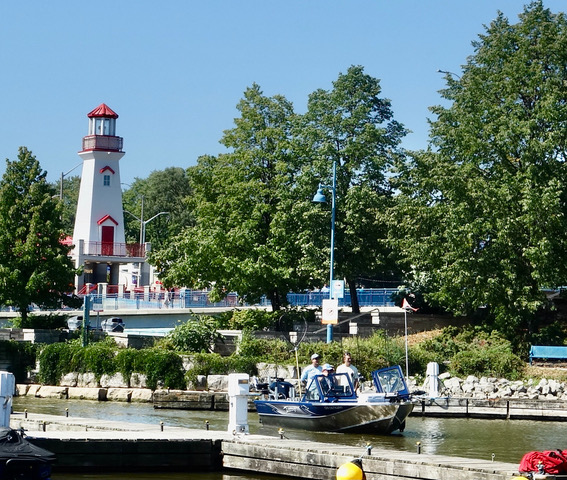


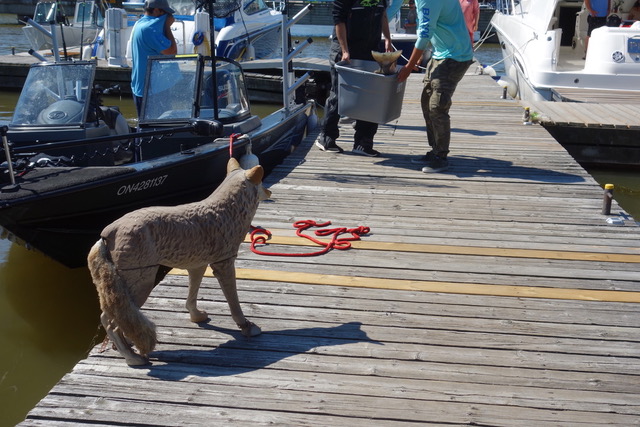
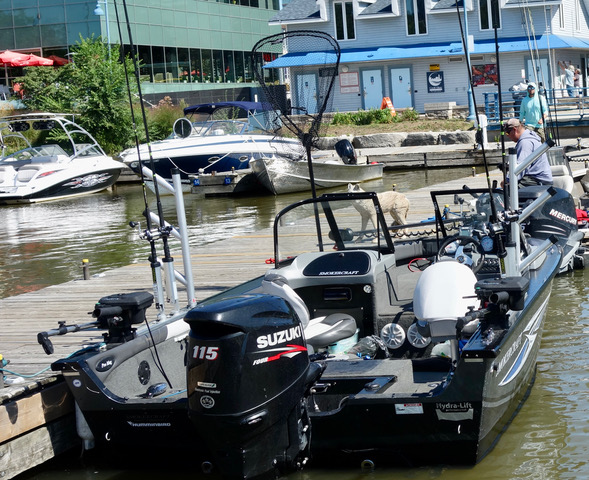
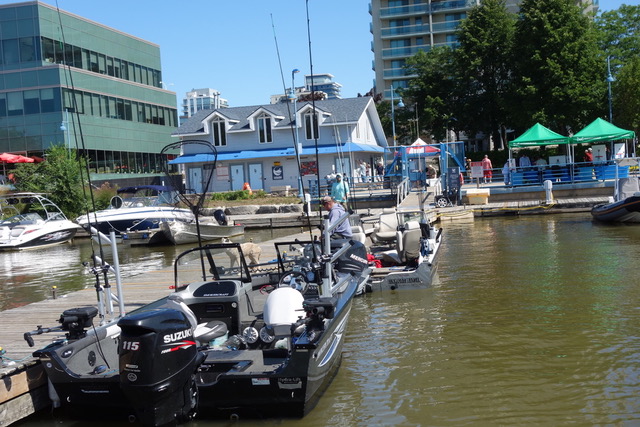




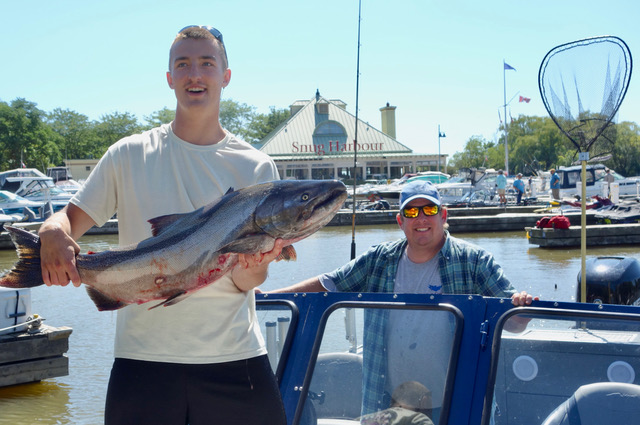
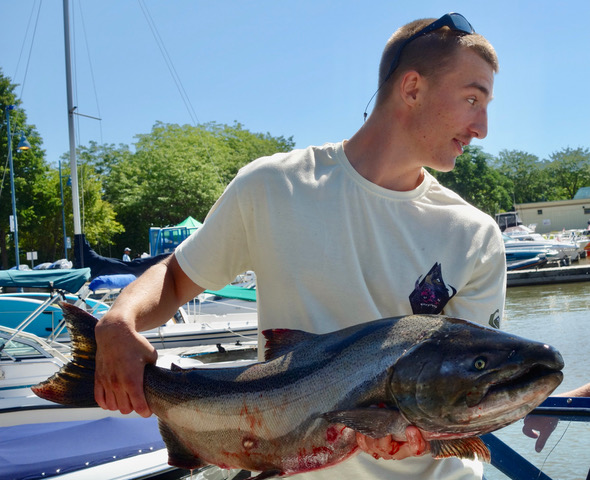

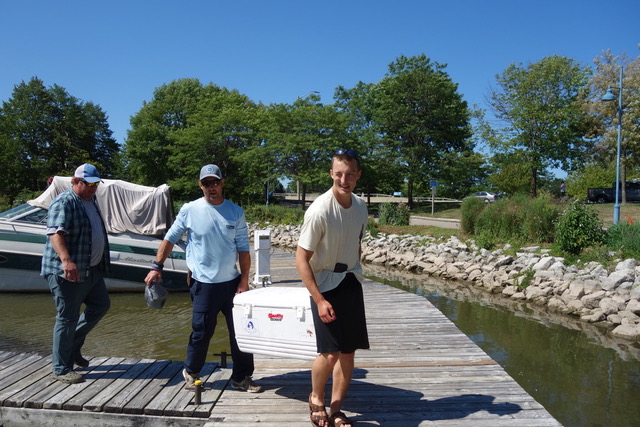
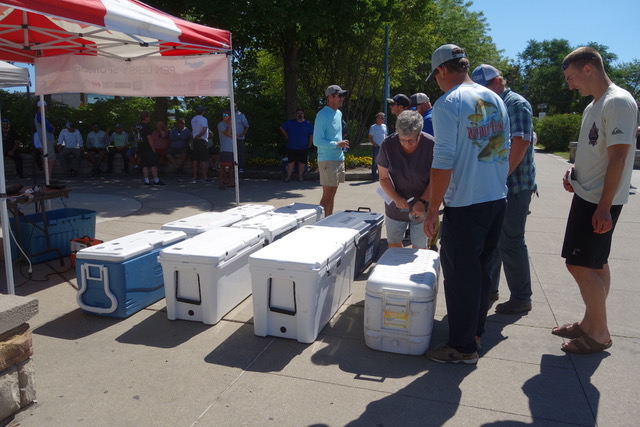
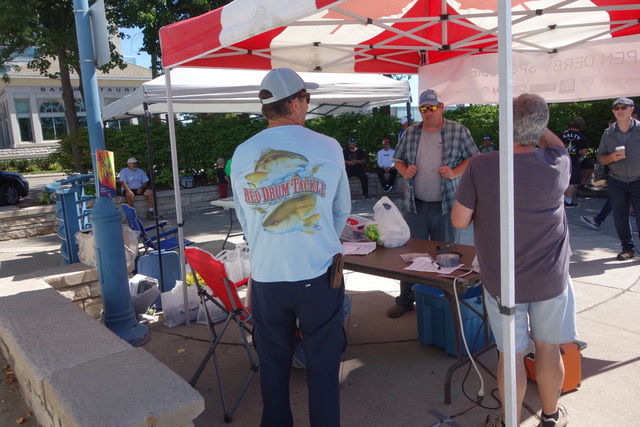


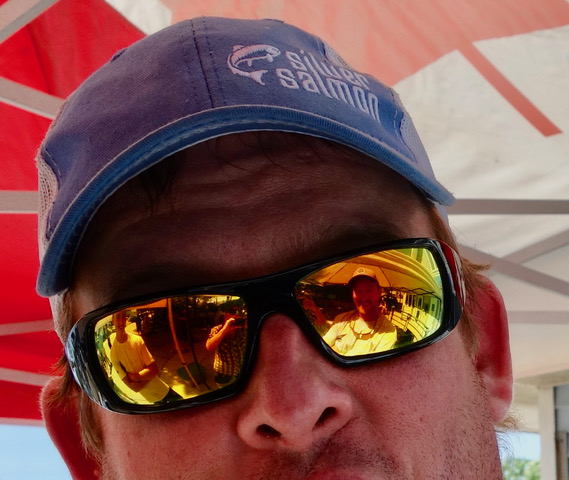






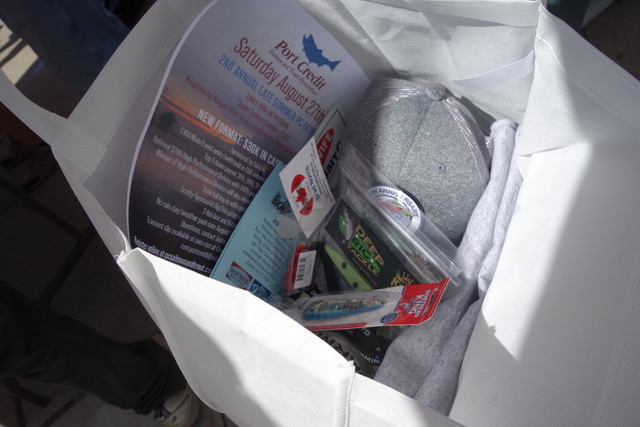



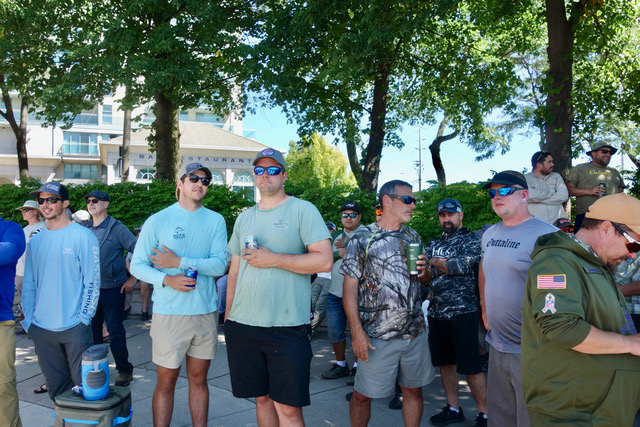







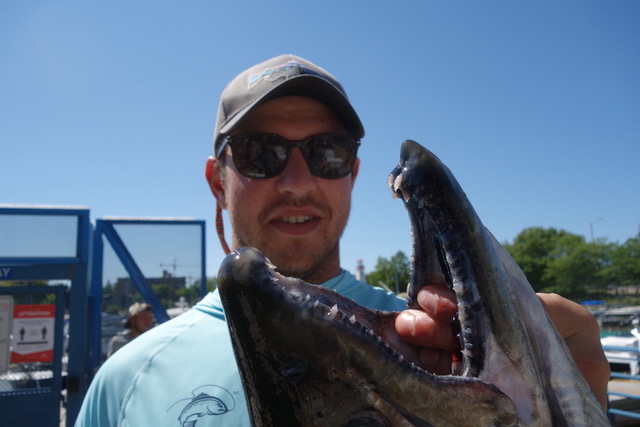

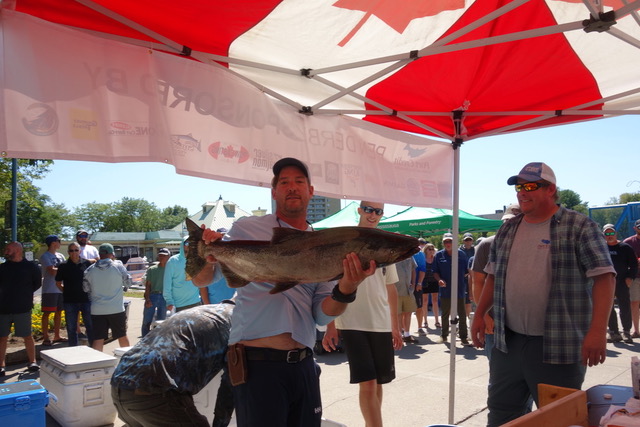
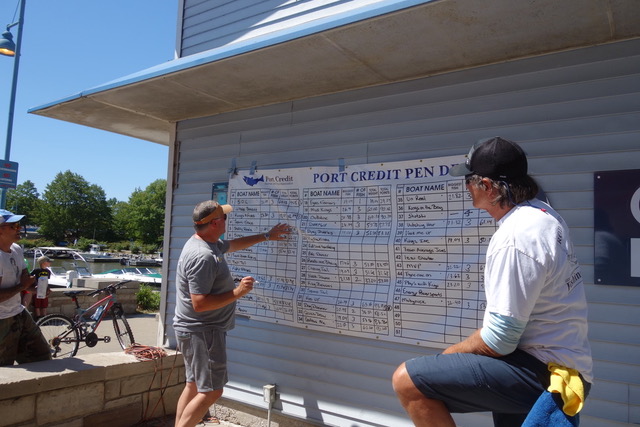
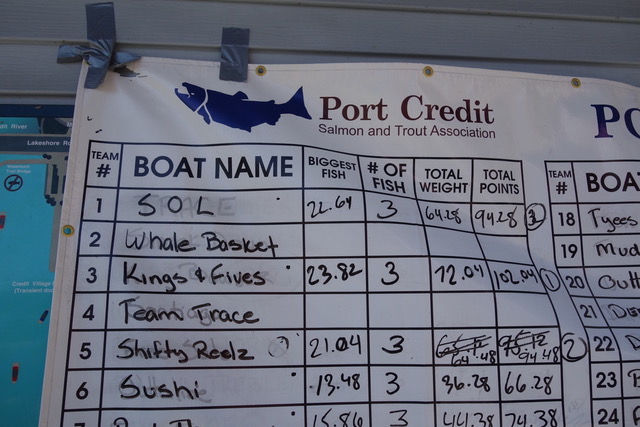


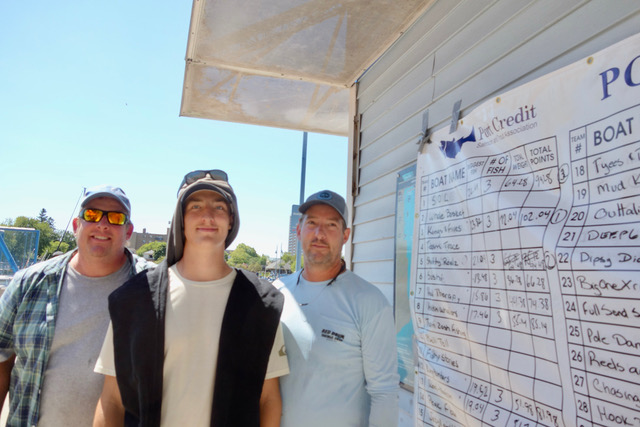




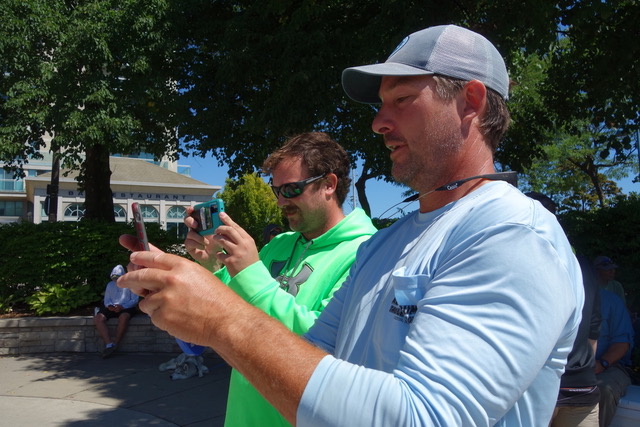






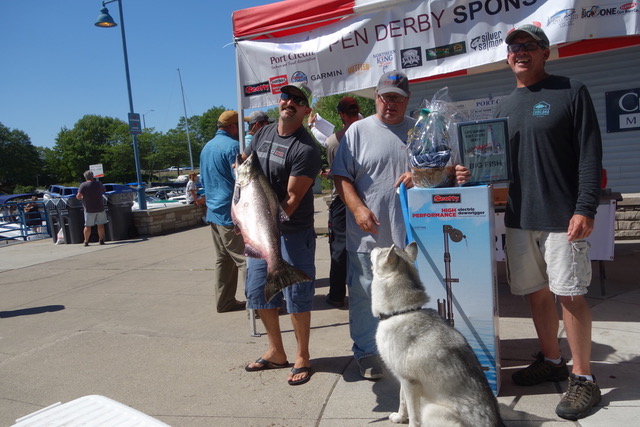


BOOK REVIEW: Something Spectacular: My Great Lakes Salmon Story
New autobiography from Dr. Howard Tanner, father of the Great Lakes salmon fishery, is an important contribution to the annals of history and an engaging read.

It would be hard to understate the impact that Dr. Howard A. Tanner had on the Great Lakes region. Tanner was at the helm of the Michigan Department of Conservation’s Fish Division from 1964 until 1966. During this brief moment in time, Tanner set the course for massive change. Ultimately, his decisions were largely responsible for not only the introduction of coho and chinook salmon, but also the shift in emphasis from commercial to recreational fisheries management on the lakes, the rise of state authority and decline of federal authority to manage these fisheries, massive changes to state hatchery systems, and the beginning of state involvement in Great Lakes fishery research.
In the court of public opinion, Tanner’s actions were heralded as a great success. Coastal tourism boomed, tackle companies flourished, and property values soared as “coho madness” drew unprecedented numbers of anglers from Michigan and surrounding states. Beaches that had been littered with the decaying bodies of invasive alewives now bore witness to the birth of a world-class fishery. The small silvery alewives were nearly worthless to commercial fishermen, but their booming population provided ample food for salmon.
This 30-second story is common knowledge around Lake Michigan. It is one of those rare moments in fisheries history that transcends the community of anglers, commercial fishers, and fisheries professionals. The oft-paraphrased “line of dead fish 300 miles long” that littered popular public beaches and prime waterfront real estate was undoubtedly a key to public interest, but the booming salmon fishery that followed also enjoyed broad appreciation due to its obvious economic impacts.
It would have been tempting for Tanner to focus only on the positive in this autobiography. Indeed, he is certainly cast as the hero of the story, but there is also a great deal of reflection on the salient criticism he received. By his own admission, he was well aware of the “firm dogma against introducing non-native species” that was based on the hard lessons and failures of the past.
Tanner’s rebuttal to his critics sometimes reads as realpolitik justification or contention that the ends justified the means. After all, we now have more resilience and stability in predator-prey balance thanks to the increased number of predatory species found in open water. However, Tanner is also very honest about his primary motivation to “do something … spectacular” and create a new recreational fishery.
It is fortunate that Dr. Tanner elected to write this book late in life (he is 95 at the time of publishing) because he was able to write with unvarnished honesty without risk to his professional position or the careers of colleagues. Of course, Tanner often references his membership in the “Greatest Generation” of WWII veterans and this context is very important to understanding the attitudes and cultural norms that enabled these decisions. Even so, some of Tanner’s stories might be judged more critically by today’s standards.
Originally, his plan to do something spectacular for Michigan’s sport fishery involved three non-native fish. From an historical perspective, the discussion of all three fish species that were considered was particularly interesting. Kokanee salmon (a landlocked form of sockeye salmon) were introduced to inland lakes in Michigan before coho salmon were stocked in the Great Lakes, based in part on Tanner’s knowledge of fisheries for stocked kokanee in reservoirs from his time in Colorado. In short, the kokanee program was a failure despite early predictions for their success. Striped bass stocking in certain Great Lakes waters was considered in addition to salmon, and Tanner details the difficult decision to destroy striped bass broodstock after they were brought to a hatchery in Michigan from South Carolina.
At the end of the day, Tanner maintains his belief that the salmon introduction was “the right decision at the right time.” A great many anglers, coastal residents, and small business owners along the Great Lakes’ shores would agree with this wholeheartedly. Among fisheries biologists and Great Lakes ecologists, I think it is fair to say that opinions are more nuanced while state-licensed and tribal commercial fishers have more negative views (which are explored along with sport fishing views in the book Fish for All).
In addition to providing an insider’s perspective on the birth of the Great Lakes salmon fishery, Tanner provides readers with a look at his early life spent fishing for trout, deployment in the South Pacific, and his graduate research on lake fertilization. Along with providing context for his later work, these early chapters serve to remind us just how much things have changed since the early days of fisheries management.
For example, Tanner initially hypothesized that fertilizing lakes would increase trout production. After adding nutrients to a lake, Tanner observed that trout growth increased over the first summer, but there was a large fish die-off that winter due to oxygen depletion below the ice. Today we take it for granted that fertilizing glacial lakes in the upper Midwest is a terrible idea because excess nutrients lead to increased decomposition and decreases in dissolved oxygen. Early research projects like Tanner’s provided the science that led to our current paradigm of seeking to reduce nutrient inputs to lakes, as opposed to increasing them.
Mindsets change slowly, but Dr. Tanner’s tell-all autobiography paints us a vivid picture of that moment in time where everything changed dramatically and almost overnight. Those times still factor into the psyche of today’s anglers. The mix of seemingly unlimited forage, the overnight sensation of a booming fishery in response to stocking, and the equation of “more fish stocked = more fish caught” that held true for decades left a deep imprint. Now, as we collectively look toward the future, Tanner’s book provides crucial historical context for our present situation and a thoughtful exploration of the critical factors that led to his decision.
This book is available in hardcover from MSU Press for $39.95 (or ebook $31.95) at http://msupress.org/books/book/?id=50-1D0-44D9#.XD458ml7mM8
